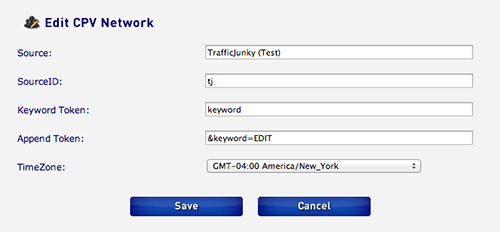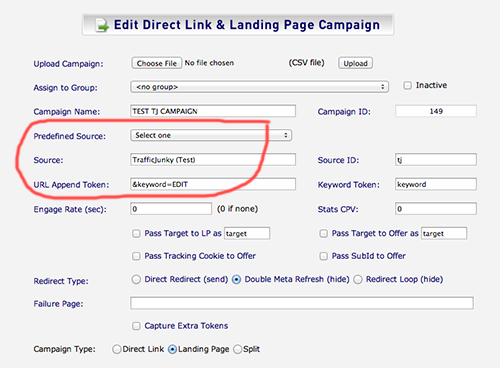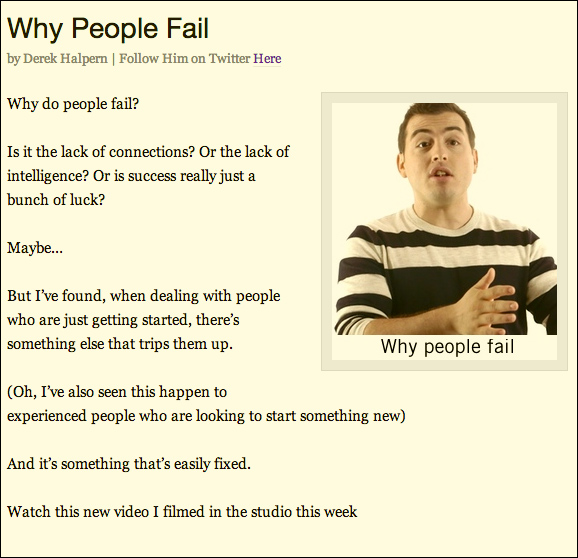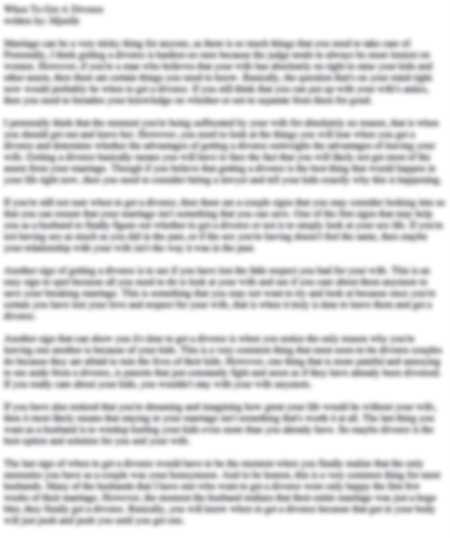How to Find Winning Banners For ‘Get Rich Quick’ Affiliate Campaigns
There are four types of banners:
- Clickers
- Converters
- Winners
- Duds
A winning banner draws both clicks and conversions, a dud attracts neither.
It’s rare to find a winning banner on Day 1.
A much more likely scenario is you will attract a healthy mix of clickers, converters and duds. Incredibly, some affiliates can’t tell them apart.
There seems to be a misconception in our industry that optimising = finding banners with the highest clickthrough rate (CTR). Time and time again I see affiliates walloping themselves in the balls with this flawed strategy.
It is a stroke of lunacy to cull ads and landing pages based solely on their CTRs.
Do you want a large audience or an audience that converts?
The only variable that matters is the conversion rate, and your entire testing strategy must be built around this principle.
Before you can rely on conversions, they need to be observable. Fully observable. You can’t make decisions if you don’t have the right data.
How to Track Banner Performance
Let’s assume we’re running ads on TrafficJunky, using CPVLab to track.
Here’s how you track individual banner performance.
Load up CPVLab, add TrafficJunky as a new network like this:

Next, setup your campaign as you normally would, but choose the source you just defined.

You’ll notice the new URL Append Token. This is reflected in your tracking link, which will look like this:
http://YOURTRACKING.COM/base.php?c=149&key=763b5088462f1229279f9247&keyword=EDIT
To track the performance of an individual ad, simply edit the URL for each banner:
![]()
http://YOURTRACKING.COM/base.php?c=149&key=763…&keyword=ad1
http://YOURTRACKING.COM/base.php?c=149&key=763…&keyword=ad2
http://YOURTRACKING.COM/base.php?c=149&key=763…&keyword=ad3
And so on…
When you start receiving traffic, you’ll be able to track the conversion rate of every single banner. Not just the clicks.
![]()
It’s very early doors in this campaign, but already you can see one banner is producing almost half the conversions on 1/9th of the spend.
This creative is also drawing the most banner clicks (60 vs the lowest performer with 30). A perfect storm for any affiliate. We love it when the banner with the highest conversion rate also delivers the highest CTR.
But it doesn’t happen very often.
So, here’s what you do when your top converting banner is drawing a low CTR:
Original Top CTR Banner:

Original Top Converting Banner:
We want to keep the appeal of the converting ad, while using the aesthetics of the ad that gets the most clicks. So we play a game of Mix n Match:
New Banner, to take over the web:

I use the call-to-action from the high CTR banner as this is unlikely to affect conversions, but can affect clicks.
Sometimes Mix n Matching will work, other times it will flop.
But unless you know exactly what converts, you are testing blind.
From my experience, a banner that draws plenty of clicks but fails to convert is often guilty of selling an appeal that isn’t reflected in the landing page (or the offer).
A banner that converts well on a small trickle of clicks has solid foundations, but needs to be presented better or or targeted more effectively.
Note: If you find a angle that converts like hot-doggy-on-sauce on only a small number of clicks — but no image or colour scheme will increase its CTR — try isolating the audience. Establish what type of users you’re appealing to, then work out where they can be found in concentrated numbers.
If you are optimising your landing pages, but not your banners, you are leaving money on the table. No affiliate can afford to make this mistake.
Recommended This Week
Check out Premium Posts Volume X. This volume is proudly sponsored by Adsimilis, one of the best networks for CPA affiliates. Adsimilis has hundreds of top offers (specialised in dating), with industry-leading payouts, and international coverage. Get onboard and start making some money!






Are you still using CPVlab?